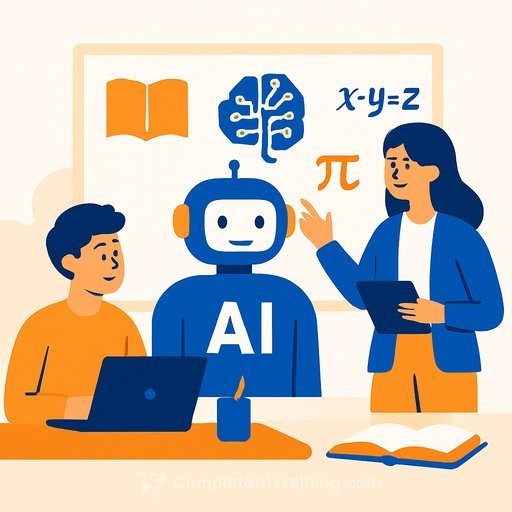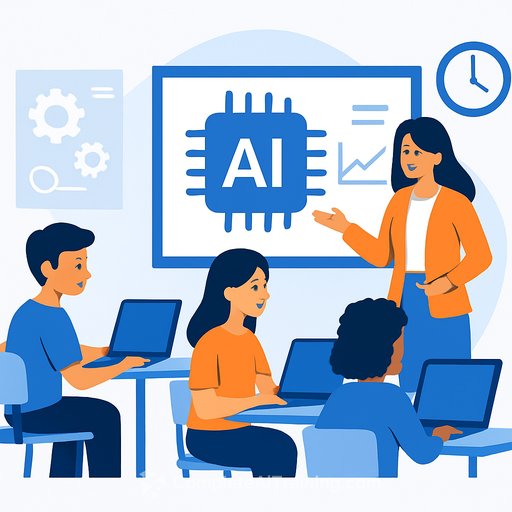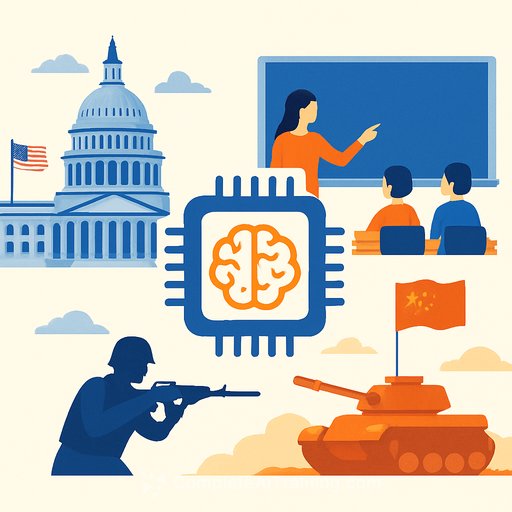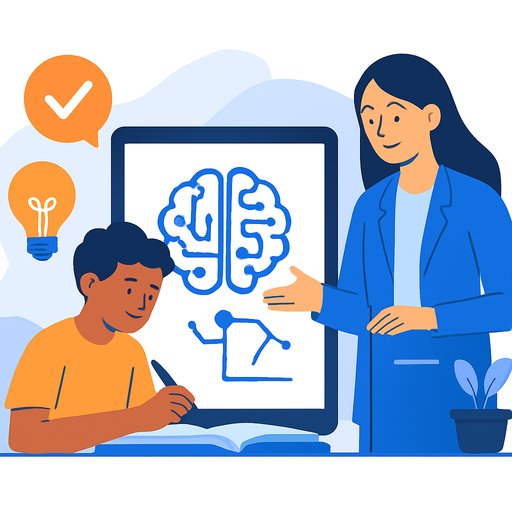AI-Based Adaptive Learning for Schools: A Practical Guide for Educators
Yogyakarta - AI is reshaping classroom practice with adaptive learning systems that fit instruction to each student. Instead of one pace for all, the software updates content, asks relevant questions, and adjusts speed based on performance. Done well, it lifts outcomes, keeps students engaged, and improves training efficiency for staff.
What an AI-Based Adaptive Learning System Does
At its core, the system uses machine learning to analyze behavior, track progress, and adjust materials in real time. The goal is simple: the right content, at the right moment, for the right learner. Teachers stay in control, while the system handles the heavy lifting of diagnostics and pacing.
Key Features to Look For
- Real-time diagnostics: identifies strengths, gaps, and misconceptions as students work.
- Dynamic sequencing: recommends the next activity or concept based on mastery.
- Adaptive practice: varies difficulty, item types, and hints to keep students in the optimal challenge zone.
- Mastery-based pacing: moves students forward when they demonstrate understanding, not by seat time.
- Immediate feedback: gives specific, actionable guidance after each response.
- Teacher dashboards: surface insights, suggested groups, and intervention prompts.
- Early-warning alerts: flags students who stall, guess, or disengage.
- Content alignment: maps items to standards, courses, and local curriculum.
- Accessibility and language support: read-aloud, captions, font controls, and multi-language options.
- Data privacy controls: consent management, retention settings, and audit logs.
How It Works in Practice
- The system collects data points (responses, time-on-task, hint usage) during learning.
- Algorithms estimate proficiency and choose the next best step for each student.
- Content, scaffolds, and pace adjust automatically while the teacher monitors the class.
- Dashboards highlight who needs help now and which concepts to reteach.
What the Research Suggests
Studies report gains in motivation, participation, and achievement when real-time interventions are part of daily instruction. Results depend on quality of implementation, teacher training, and content fit-tools amplify strong pedagogy; they don't replace it.
For a concise overview, see resources from EDUCAUSE and the OECD.
Platforms Commonly Used in Schools
- ALEKS (math)
- Carnegie Learning MATHia
- DreamBox Math
- IXL
- Knewton Alta (higher education)
- Century Tech
- Duolingo for Schools (languages)
Implementation Checklist for School Leaders
- Define success: target standards, priority skills, and the metrics you'll track.
- Run a pilot: 2-3 classes, 8-12 weeks, with control comparisons where possible.
- Integrate systems: LMS/SIS connections (LTI, OneRoster), single sign-on, and rostering.
- Train teachers: workflows for grouping, interventions, and interpreting dashboards.
- Monitor impact: mastery rates, growth percentiles, time-on-task, and assignment completion.
- Safeguard data: parent consent, retention policies, encryption, and vendor due diligence.
Watch Outs
- Bias and misclassification: validate predictions with teacher judgment.
- Over-reliance on practice items: keep rich tasks, discussion, and projects in your mix.
- Opaque scoring: ask vendors for model transparency and item-level evidence.
- Curriculum fit: ensure content aligns with local standards and language level.
Next Steps
If your team is building skills in AI-assisted instruction and evaluation, curated training can speed things up. Start with practical, role-focused learning paths below.
Your membership also unlocks:






